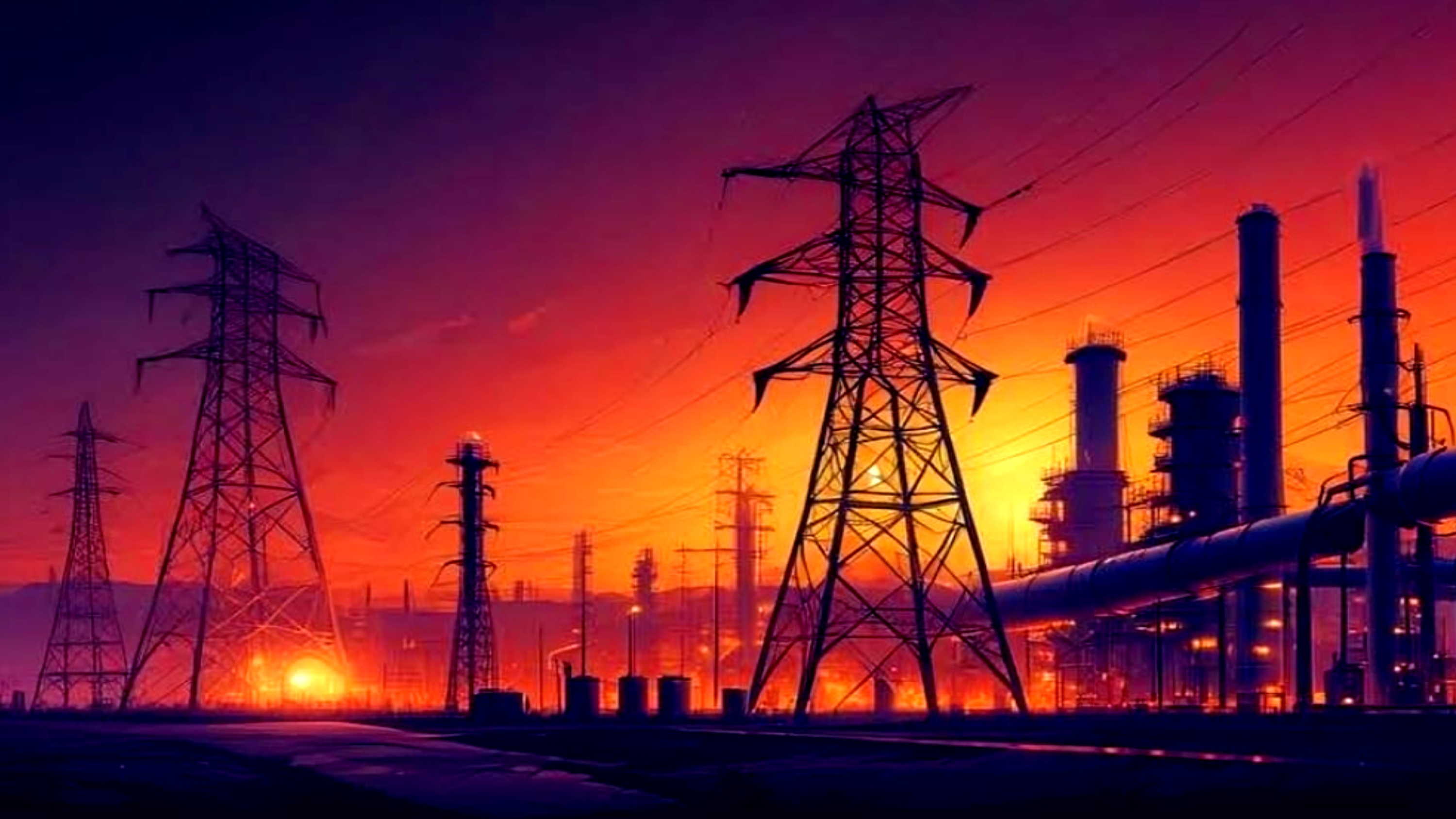Islamabad: Pakistan's industrial sector is facing a major competitive disadvantage as it pays nearly double for electricity compared to China, India, and the United States, and even more than the European Union. This high cost is negatively impacting the country's export competitiveness.
According to the latest Electricity 2025 – Analysis and Forecast to 2027 report by the Paris-based International Energy Agency (IEA), the average electricity price in 2024 was 6.3 cents per kilowatt-hour in the United States and India, 7.7 cents in China, 4.7 cents in Norway, and 11.5 cents in the European Union. In contrast, Pakistan's energy-intensive industries paid an average of 13.5 cents per unit in 2024.
While the report did not specifically mention Pakistan’s electricity prices since the country is not an IEA member, it highlighted challenges faced by the European Union, where electricity costs in 2024 were about 18% lower than in Pakistan. This suggests that Pakistani industries face significant challenges in both domestic and international markets due to high energy costs.
The report pointed out that Europe is experiencing deindustrialization as high energy costs push industries backward. Affordable electricity is crucial for economic growth, and rising electricity prices are continuously weakening the competitiveness of Europe's energy-intensive industries. Despite some relief in 2023, initial 2024 data showed that electricity prices for energy-intensive industries in the EU declined by only 5% compared to the previous year but remained 65% higher than in 2019.
Even after dropping from record highs in 2022, electricity prices for energy-intensive industries in the EU in 2024 were still, on average, twice as high as in the U.S. and 50% higher than in China. The report noted that these high costs have affected European industries unevenly, with lower to mid-level electricity consumers benefiting from more stable tariffs between 2021 and 2024, unlike large-scale industrial users who faced greater price volatility.
Between 2019 and 2022, electricity prices for EU energy-intensive industries surged by an average of 160%, while medium-sized businesses saw an 80% increase, and low-consumption enterprises faced a 60% rise. The report stated that a massive increase in electricity demand is marking the start of a new "electricity era," with global demand expected to rise significantly by 2027.
IEA predicts that global electricity consumption will grow at its fastest rate during the 2025-2027 forecast period, driven by increasing industrial production, rising air conditioning usage, accelerated electrification, and the expansion of data centers worldwide. In 2024 alone, global electricity demand rose by 4.3%, with an estimated 4% annual increase projected until 2027. Over the next three years, global electricity consumption is expected to surge by an unprecedented 3,500 terawatt-hours (TWh), equivalent to more than Japan’s annual electricity usage.
Most of this increased demand will come from emerging economies, which are expected to account for 85% of the growth. More than half of the global increase in electricity demand in 2024 came from China, where consumption grew by 7%, a trend expected to continue with an annual increase of around 6% until 2027.
India, Southeast Asian nations, and other emerging markets are also projected to see a sharp rise in electricity demand due to economic expansion and growing air conditioner ownership. In India, electricity demand is expected to rise by an average of 6.3% annually over the next three years, surpassing the 5% average growth rate recorded between 2015 and 2024.
While many emerging economies are experiencing rapid electricity demand growth, Africa remains behind. Despite recent progress, 600 million people in Sub-Saharan Africa still lack access to reliable electricity.
Meanwhile, China’s electricity supply is expanding rapidly, with electricity accounting for 28% of its final energy consumption—significantly higher than the U.S. (22%) and the EU (21%). Since 2020, China's electricity consumption has been growing faster than its overall economy, highlighting the increasing reliance on electricity across all sectors.
Between 2022 and 2024, industrial demand accounted for about 50% of China’s electricity consumption growth, while commercial and residential sectors collectively contributed 40%. China's industrial sector has become more electricity-intensive, with one-third of the demand increase driven by the production of solar PV modules, batteries, and electric vehicles. In 2024, these industries consumed over 300 TWh of electricity—equivalent to Italy’s total annual consumption.








